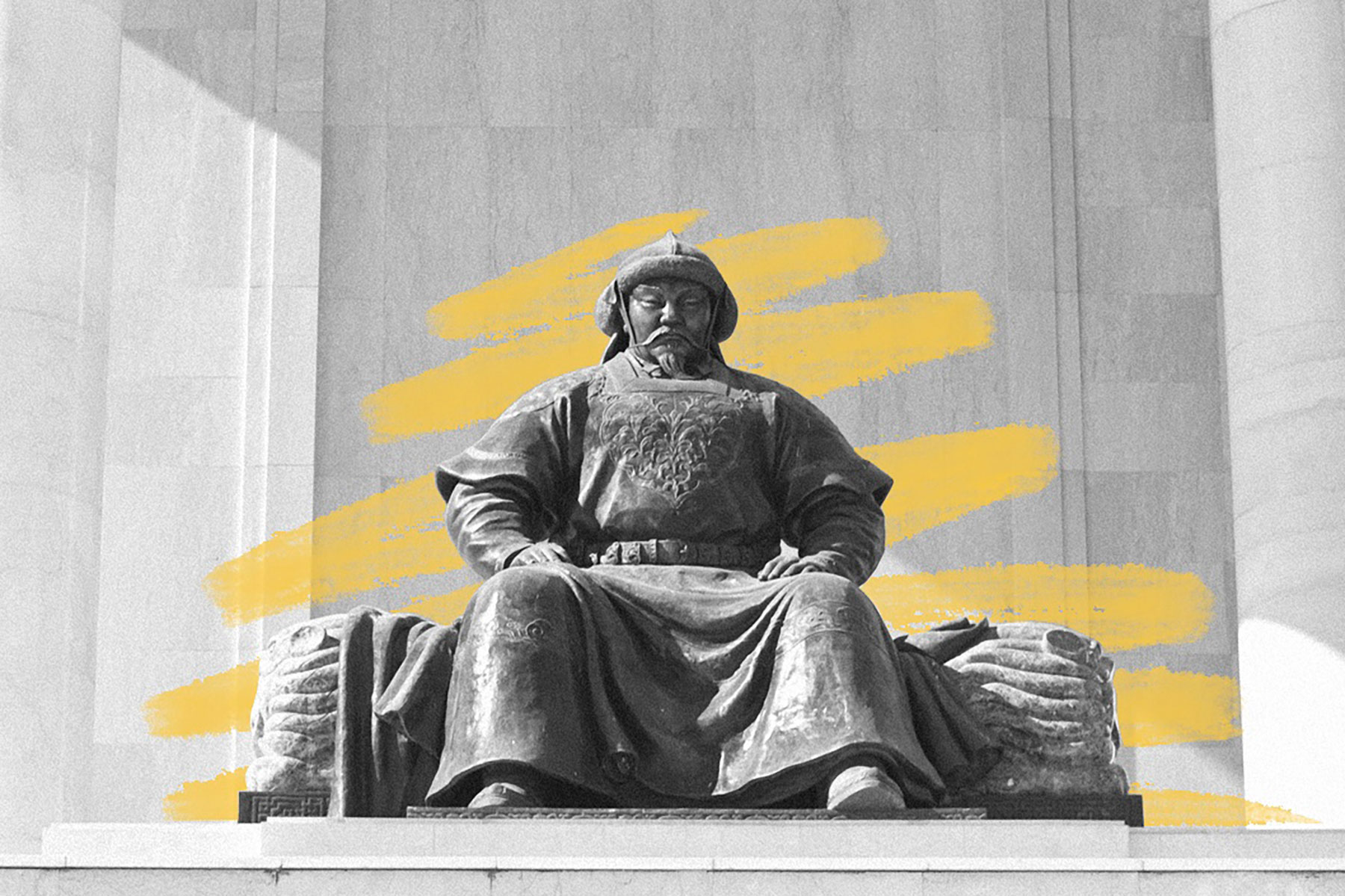Genghis Khan established a postal system.
Genghis Khan is rightfully known as one of history’s greatest conquerors, but there’s more to establishing the largest contiguous land empire the world has ever known than winning battles. Born Temüjin in 1162, Genghis Khan adopted the name by which he’s known today when he was anointed the Mongols’ sole leader in 1206, and he eventually became one of the most influential figures in history. One of his more surprising accomplishments was establishing a postal system known as the “Yam,” also called the “Örtöö,” which was expanded across the empire by his son Ögedei. Stations were placed 20 to 30 miles from one another, each featuring food, lodging, and horses; riders could either rest up or hand off their message to the next rider. Not everyone could use it, however — merchants and travelers were originally afforded the privilege (alongside foreign dignitaries and traveling officials), but they lost it after they “abused the system” somehow.
To be sure, the Mongols were brutal — Genghis Khan particularly so. But he was also pragmatic, with the Yam being just one example of the stability brought about by his reign. His subjects were free to practice their own religion and largely left alone after the Mongols had subjugated the city and moved on. (However, the Mongols were still known to massacre people even if they provided little or no resistance.) It’s believed that at least some of the khan’s mixed reputation is attributable to the fact that most historical accounts of the Mongols were not written from the Mongol perspective (with one notable exception). Whether he’s a hero or a villain depends on who you ask, but there’s no denying his historical significance.







